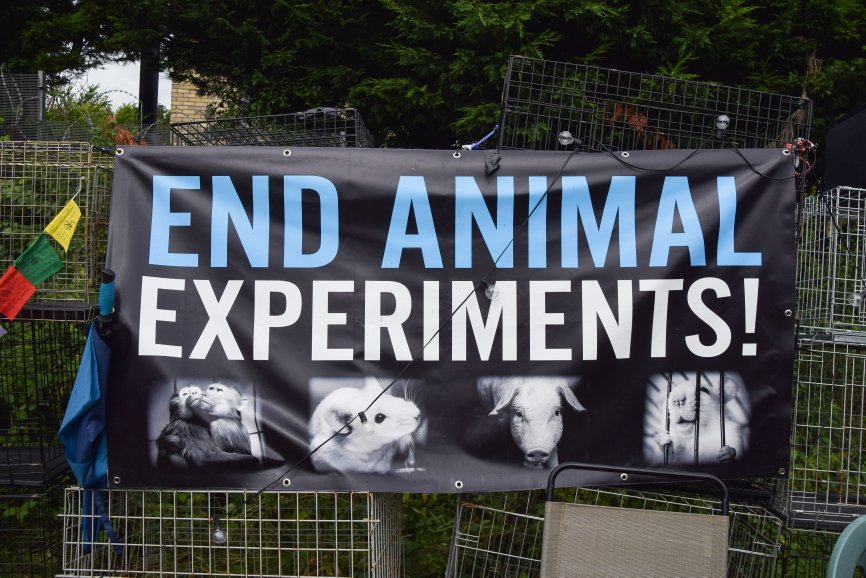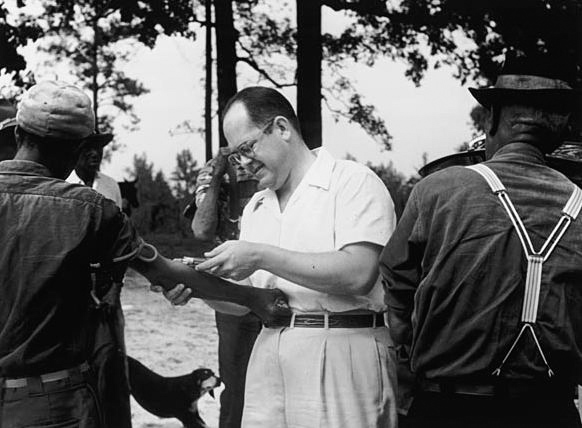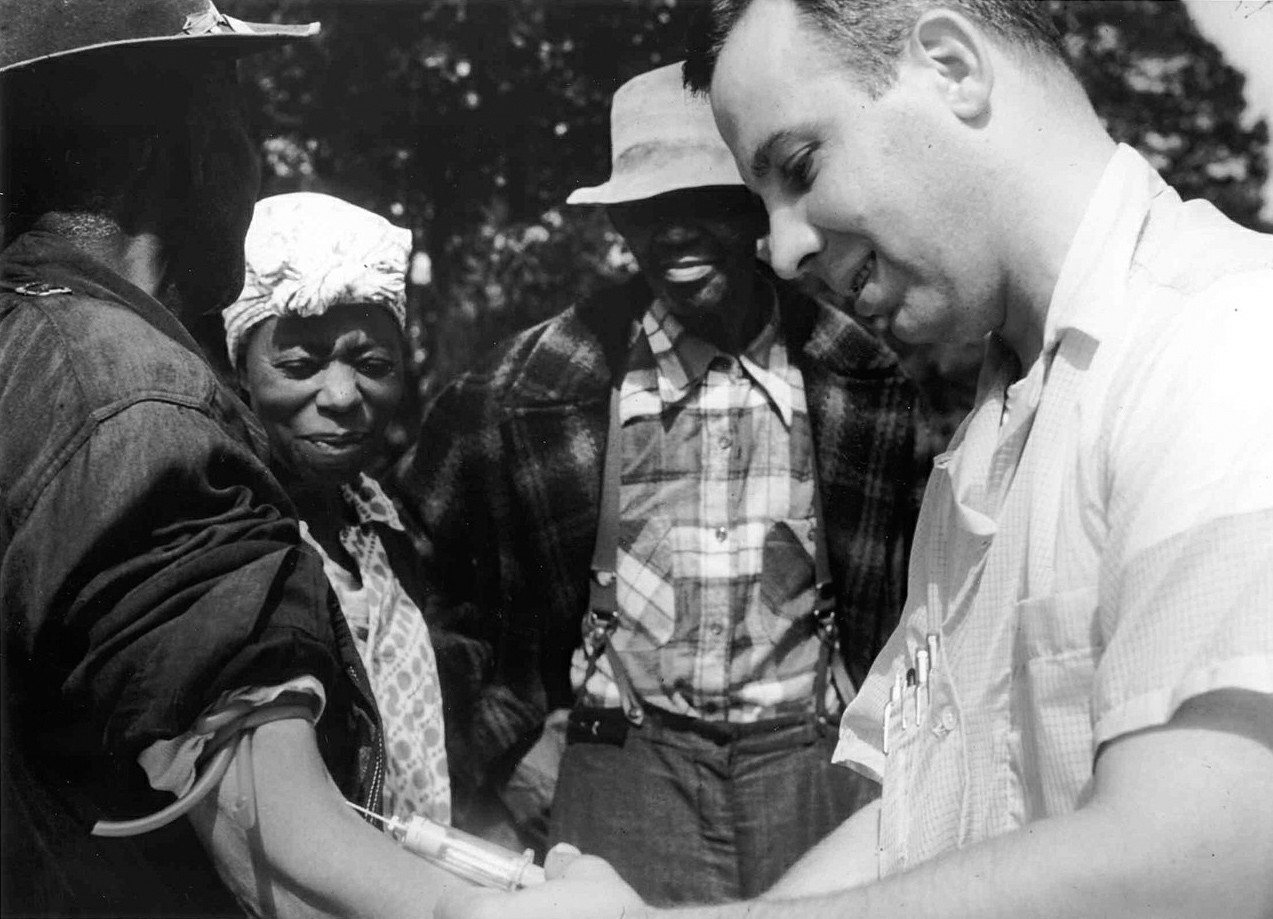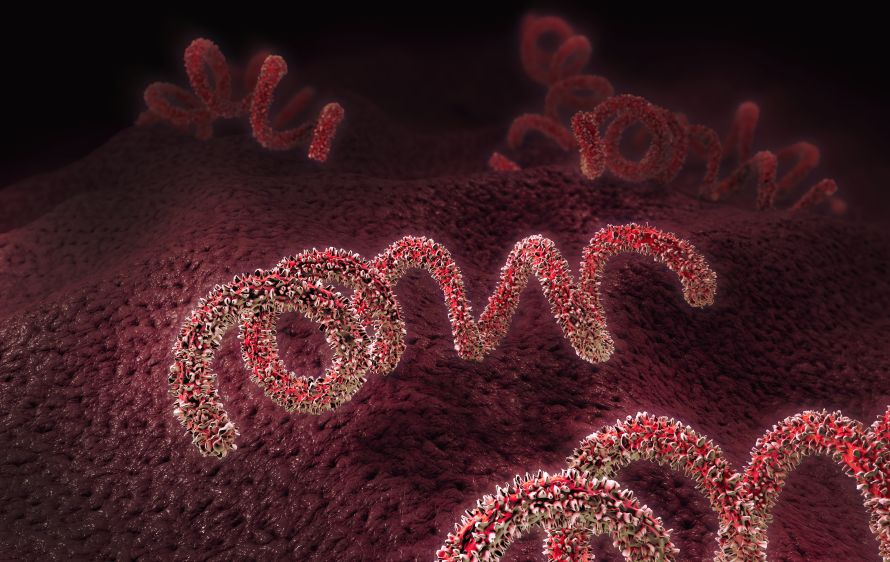Many of the great advances in the field of health, medicine and biology of our day, in one way or another, have had their genesis related to some experiment that involved a murky degree of cruelty. While there have been scientists working a considerable distance from the ethical path, today those advances save millions of lives each year.

Of course, there are also the others, those experiments that simply did not serve more than to feed the fervent bloodlust of the most sadistic and sickly minds, in the name of science. We invite you to know two of the cruelest human experiments in history: The Tuskegee experiment and the experiment on syphilis in Guatemala.
The “Tuskegee Experiment”

Regarded as one of the cruelest experiments in history, especially because of its length, the Tuskegee Study case of untreated syphilis in black males – better known simply as the “Tuskegee Experiment” – is a cliché in every course in American medical ethics.
This is a study that was developed in 1932 in Tuskegee, Alabama, which was conducted by a group of scientists from the US Public Health Service, in which they investigated the effects of syphilis in people if they’re not treated. Almost 400 men with black complexions, illiterate sharecroppers of Afro-descendant origin and infected with syphilis, participated in this cruel and controversial experiment involuntarily and without any consent.

Doctors diagnosed them with a false disease they called “bad blood” and they were never treated, but simply observed to understand how the disease naturally evolved when it was not treated and if it was life-threatening.
When it became known in 1947 that penicillin could end this disease, it was not used either and it was not until 1972 (exactly 40 years later), when a newspaper made the investigation public, that the authorities decided to end the experiment.
This whole situation had its positive side in the years after its culmination, as it led to major changes in the legal protection of patients and participants in clinical studies. The few survivors of these inhumane experiments received an apology from former President Bill Clinton.
The experiment on syphilis in Guatemala

In addition to Tuskegee’s experiments, dissatisfied American scientists, led by the same sick mind: John Charles Cutler, conducted the syphilis experiment in Guatemala between 1946 and 1948, which consisted of a series of studies and interventions by the United States government, in Guatemalan lands. In this case, doctors deliberately infected an enormous number of Guatemalan citizens, from psychiatric patients to prisoners, prostitutes, soldiers, the elderly and even the children from orphanages.
Obviously, the more than 1,500 victims had no idea what it was that the doctors had placed on them through direct inoculation, being infected with syphilis, one of the worst STDs. Once infected, they were given a series of drugs and chemicals to see if it was possible to prevent the spread of the disease.
There is evidence that, among other methods applied for contagion, doctors paid victims to have sex with infected prostitutes, while in other cases, a wound was caused on the victim’s penis and then sprayed with intense cultures of syphilis bacteria (Treponema pallidum).
The enormous cruelty of this experiment, which – like that of Tuskegee, undoubtedly has a deep impression of racism in its background – caused such great damage in Guatemalan society that in 2010, the United States made a public apology, re-analyzing the issue.
This happened on October 1, when the Secretary of State of the United States of America, Hillary Clinton, together with the Secretary of Health and Human Services, Kathleen Sebelius, issued a joint statement apologizing to the Guatemalan people and the entire world for the experiments. Without a doubt, one of the darkest spots in the history of science.



